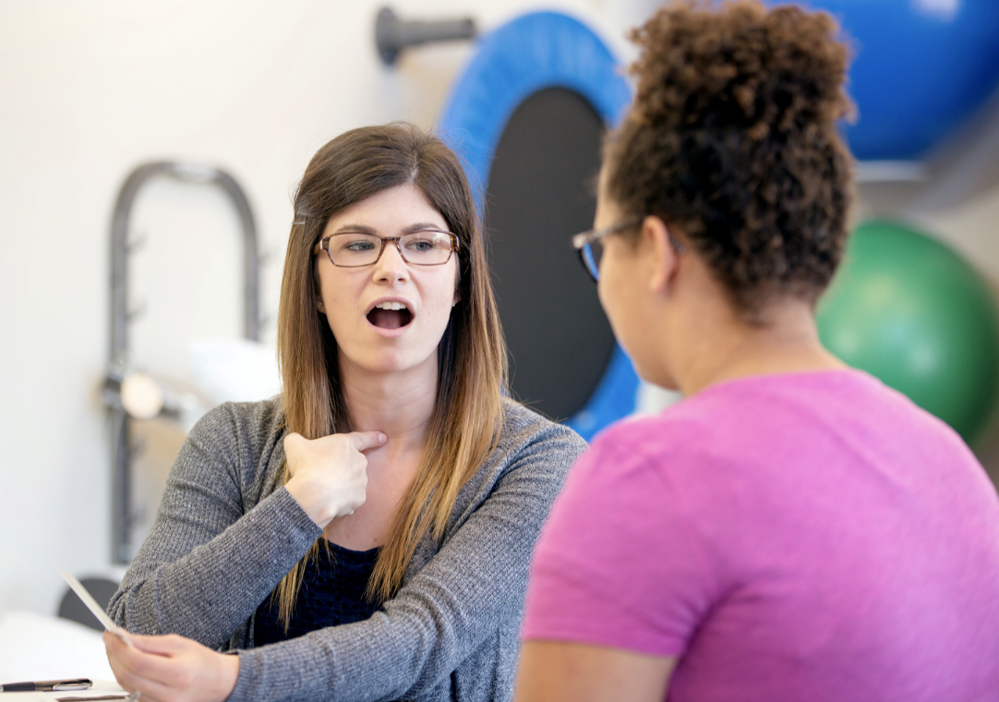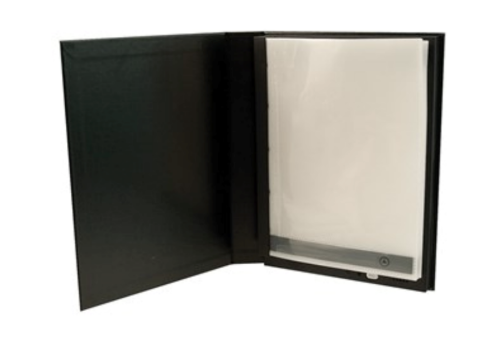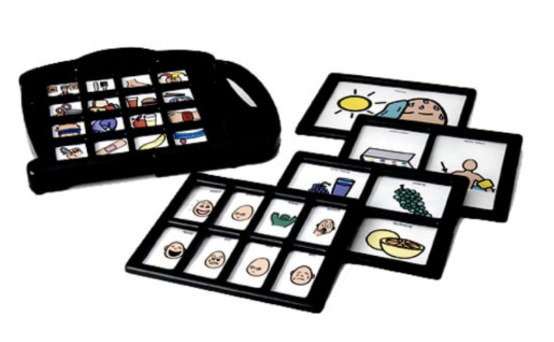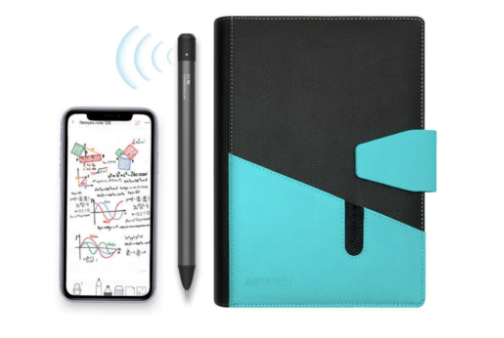Beyond Words: Raising Awareness for Aphasia This June
 (1)_810.png)
June is #AphasiaAwarenessMonth. Despite affecting millions of Americans, most people are not familiar with aphasia. During June, recognized nationally as Aphasia Awareness Month, the American Speech-Language-Hearing Association (ASHA) is encouraging the public to learn more about the language disorder—and the effective, often life-altering, treatment provided by speech-language pathologists.
What is Aphasia?

Aphasia is a language disorder that affects how you communicate. It is caused by damage to the language centers of the brain, usually in the left side of the brain, that control understanding, speaking, and using signed languages. Aphasia may also impact one’s ability to reador write. People often think that those with aphasia have cognitive issues because they struggle to communicate. This is not true: Aphasia is not associated with cognitive deficits. However, word-finding difficulty—a hallmark symptom of aphasia—may be an early symptom of other neurological conditions, such as primary progressive aphasia (a form of dementia), that are accompanied by cognitive impairments.
According to the National Aphasia Association (NAA), more than 2 million people in the United States have aphasia. One third of all strokes result in the language disorder. Despite its prevalence, nearly 85% of adults over age 25 have never heard the term "aphasia." This highlights a significant gap in awareness about a condition that impacts so many lives.
Causes of Aphasia
Aphasia is most often caused by a stroke. However, any change to the brain can cause aphasia. This may include traumatic brain injury. Other causes may include brain infections, brain tumors, and other neurologic disorders that may worsen over time.
Treatment Approaches

Aphasia can be addressed in a variety of ways. Speech-language pathologists aim to use a person’s specific goals and priorities to determine a treatment plan, for example going back to work or resuming a specific hobby such as gardening, fishing, or attending card games with family and friends.
The goal of intervention is to help people with aphasia reestablish their communication skills and to work with family members and other communication partners to identify and train strategies that can support communication with their loved ones. Speech-language pathologists may also help people with aphasia find alternative ways to share ideas when they have trouble communicating. This may include drawing, writing, pointing, using gestures, and using other visual supports—these alternative methods are called augmentative and alternative communication, or AAC.
We asked our in-house Speech-Language Pathologist what her favorite Pisces Healthcare products for aphasia are. This is what Stephani Luhrsen, MS CCC-SLP, Clinical Education Specialist, was most excited to share:
Talking Photo Album with Personalized Voice Recorded Messages
“This is a motivating, patient specific,communication and intervention tool that can be utilized across the continuum of care. The album has 20 pages with pictures and audible captions and allows you to record personalized messages of up to 18 seconds per page.”
“I love this customizable lower-tech AAC option that allows the user to record and play back from 1, 2, 4, 8, or 16 different messages per level. There are 7 levels for recordings for a total of 112 messages. Depending on the veteran’s level of function and communication priorities, this communication builder can be set up to suit each individual’s specific needs throughout their treatment path.”
SyncPen2 - 2nd Generation Smart Pen
“The pen digitally records all your notes onto your smartphone, allowing you to seamlessly transition between digital and physical timekeeping. This tool is a great option for patients with high level receptive aphasia who are transitioning back in to work or a learning environment to be able to support their comprehension and make sure that no information is missed!”

RESOURCES:
Free downloadable low-tech communication boards to help you communicate in your community, including boards for aphasia awareness, speaking with a doctor or pharmacist, or going to places like the airport or grocery and more.
Talk Tools | Aphasia Recovery Connection
7 Communication Tips for Talking with Someone with Aphasia from the National Aphasia Association
General Information from the American Speech-Language-Hearing Association (ASHA)



